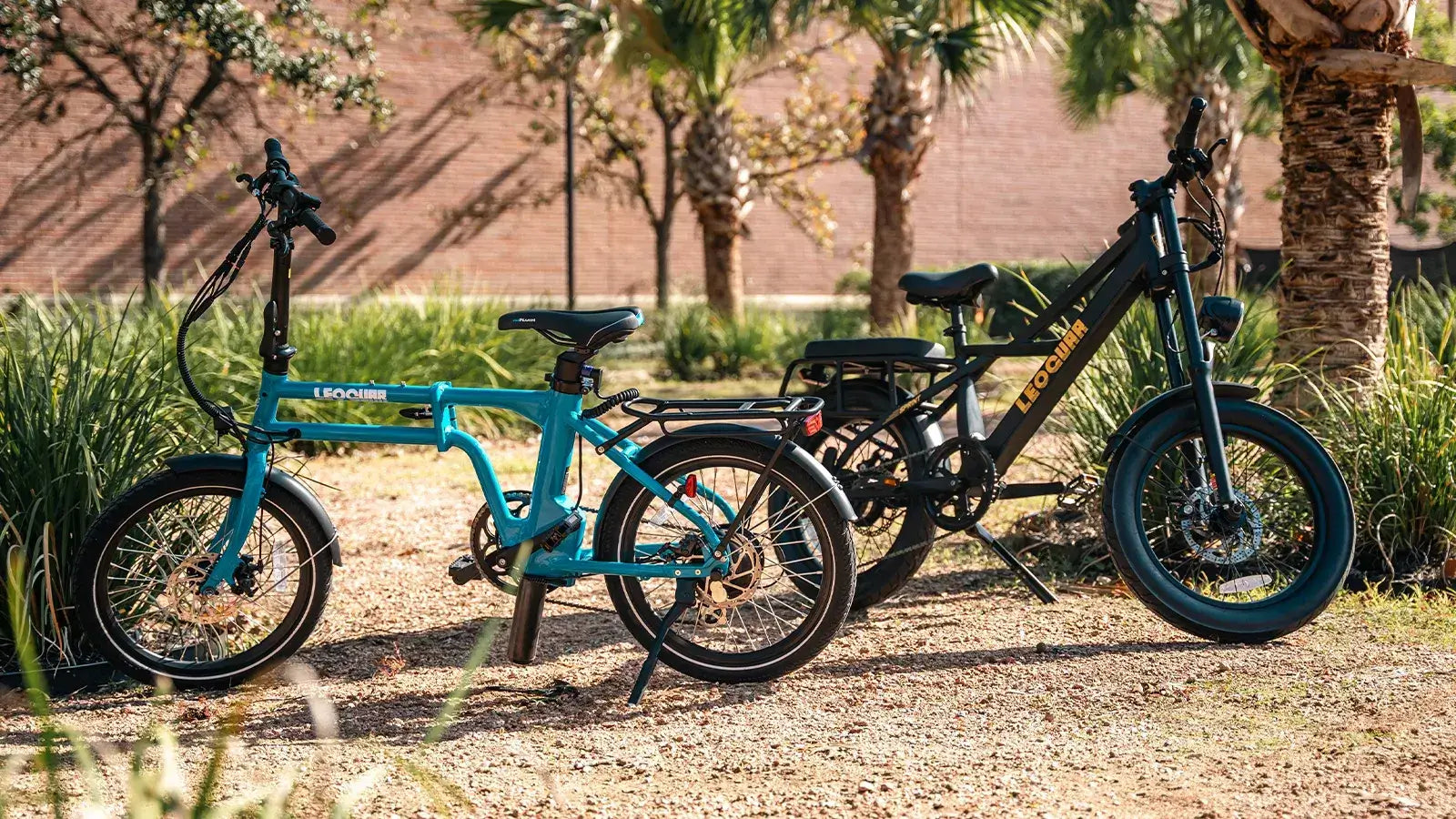
How Much Are Electric Bikes? 2025 E-Bike Price Guide & What to Really Expect
Understanding E-Bike Pricing in 2025
Electric bikes in 2025 can cost anywhere from under $600 to well over $10,000. It's a huge range that can feel overwhelming when you're trying to make a choice. However, most riders looking for a reliable, safe, and fun e-bike will find what they need in a much smaller price range. The best spot for a quality e-bike is between $1,500 and $4,000. This is where you find the perfect mix of performance, strength, and value for your money.
This guide looks at more than just the price tag. We will explore what your money really buys you at each level, show you the hidden costs of owning an e-bike over time, and help you figure out the right budget for what you need. By understanding why e-bikes cost what they do, you can shop smart and buy an e-bike with confidence.
E-Bike Price Brackets
Breaking the market into four clear groups helps you understand your options. Each group serves different types of riders and offers different levels of quality and performance. This system will help you quickly see where your budget and needs match up.
Main Price Tiers
Under $1,500 (Entry-Level & Budget): This group is mostly filled with brands that sell directly to customers online. These bikes work best for casual, occasional rides and short trips to work on flat roads. To hit this low price, companies have to cut corners on motor quality, battery safety, and how long parts will last.
$1,500 - $3,500 (The Sweet Spot / Mid-Range): This is the best value group for most riders who want a reliable bike. Bikes in this range have solid parts from well-known brands, strong frames, and batteries that usually meet safety standards. They work great for daily trips to work, exercise rides, and even light trail riding. As Consumer Reports often highlights this price range, it gives you an amazing balance of quality and price.
$3,500 - $7,000 (Premium & Performance): Here, you get into high-performance bikes that can handle serious riding. This includes top-end commuter bikes, powerful cargo bikes, and very capable electric mountain bikes. You can expect powerful mid-drive motors from brands like Bosch, Shimano, or Brose, bigger batteries, and premium parts like advanced suspension and strong four-piston hydraulic brakes.
$7,000+ (Elite & Specialized): This is the top level, made for enthusiasts, competitors, and professionals who want the absolute best. These e-bikes have lightweight carbon fiber frames, cutting-edge motor and battery technology, and the best components money can buy. This group includes elite e-MTBs, specialized long-distance cargo bikes, and models from boutique brands.

What Your Money Buys
The price of an e-bike directly shows you the quality of its main parts. A higher price doesn't just buy you a fancy brand name; it buys you better performance, more safety, and greater reliability over time. Understanding these differences is the key to knowing an e-bike's real value.
Component Value Comparison
The table below shows what you can typically expect at each price point.
| Price Bracket | Motor Type & Brand | Battery (Capacity & Safety) | Brakes | Frame & Overall Build | Best For... |
|---|---|---|---|---|---|
| Under $1,500 | Generic, unbranded rear hub motor. Often jerky power delivery. | 300-400Wh. Often lacks safety certifications (e.g., UL). | Mechanical disc or low-end hydraulic brakes. | Heavy steel or basic aluminum frame with external wiring. | Short, casual rides on flat ground. |
| $1,500 - $3,500 | Reputable hub motors (e.g., Bafang) or entry-level mid-drives (Bosch Active Line). | 400-600Wh. Typically with UL or CE safety certification. | Entry-level hydraulic disc brakes (e.g., Tektro, Shimano MT200). | Sturdy aluminum frame with cleaner welds and some integrated components. | Daily commuting, fitness, and light trail riding. |
| $3,500 - $7,000 | Performance mid-drive motors (Bosch Performance Line CX, Shimano EP8, Brose). | 500-750Wh. High-quality cells from Samsung/LG/Panasonic. UL 2849 certified. | Mid-to-high-end hydraulic disc brakes with larger rotors. | Well-finished aluminum or entry-level carbon frames with full integration. | Serious commuting, cargo hauling, and dedicated mountain biking. |
| $7,000+ | Top-tier, lightweight, and powerful mid-drive motors (Bosch Race, TQ HPR50). | 750Wh+ or lightweight, specialized systems. Always safety certified. | Top-of-the-line 4-piston hydraulic disc brakes. | Lightweight carbon fiber frames with premium finish and full internal routing. | Enthusiasts, racers, and riders seeking the absolute best performance. |
The two most important parts that affect price and quality are the motor and the battery. Mid-drive motors mount at the bike's pedal area and give you a more natural, easy riding feel because they respond to how hard you pedal. They also provide better balance and work more efficiently on hills compared to the basic hub motors found on cheaper bikes.
The battery is just as important for your safety and riding experience. A UL-certified battery (specifically UL 2849 for e-bikes) has gone through tough testing to prevent overheating and fires. This is a must-have safety feature that cheap bikes under $1,500 often skip to save money.
The 'Affordable' Trap
While the idea of a sub-$800 e-bike sounds great, these machines often turn into expensive mistakes. The shortcuts taken to reach that low price can create serious safety risks, a frustrating ownership experience, and higher costs over time.
Hidden Dangers and Costs
The biggest worry with ultra-cheap e-bikes is safety, especially with the battery system. The battery is the single most expensive part, and this is where low-cost companies make the biggest cuts to save money. Batteries without proper safety certification are a well-known fire hazard, and news reports of fires caused by e-bike batteries are becoming more common every year. Getting a battery certified to the UL 2849 standard is the most important step you can take to protect yourself and your home.
Beyond safety, there's the problem of how long these bikes last and whether you can get them fixed. Imagine your motor breaks after just 100 miles of riding. With many ultra-budget online brands, you'll find there's no phone number to call, no local bike shop willing to work on an unknown system, and no replacement parts you can buy. Your "bargain" bike quickly becomes a 50-pound piece of junk that you can't use.
The real cost of "cheap" shows up over time through frequent repairs and early failure. The need for constant fixes and the high chance that something will break beyond repair often means you'll spend more money in the long run than if you had bought a quality mid-range bike from the start. As even experts at Bicycling magazine advise, while affordable options exist, quality e-bikes start at a higher price point for good reasons.
Long-Term Ownership Costs
Your total investment in an e-bike doesn't end when you buy it. Like any vehicle, e-bikes have running costs that you should include in your budget planning. Because of their extra weight, higher speeds, and more complex systems, these costs are usually higher than for a regular bicycle.
Budgeting Beyond Checkout
Here are the most common long-term expenses you should expect:
Battery Replacement: This will be your biggest future expense by far. An e-bike battery wears out over time and typically lasts 3-5 years or 500-1,000 charge cycles before you need a new one. A quality replacement battery from a good brand will cost between $400 and $900.
Brake Pads and Rotors: The extra weight and higher speeds of an e-bike mean your brakes work harder and wear out faster than on a regular bike. You should expect to replace brake pads once a year, or more often if you ride in hilly areas where you brake a lot. This can cost $50 - $150 per year.
Tires: The tires that come with many e-bikes are not always the most durable options available. Upgrading to high-quality, puncture-resistant tires is a smart move that will save you from flat tires and roadside repairs. When it's time for new tires, a good pair will cost between $100 and $200.
Chain and Drivetrain: The motor puts extra strain on the chain, gears, and other moving parts. These components will wear out faster and need more frequent replacement than on a bike without a motor. You should budget $60 - $200 each year for adjustments and replacements of these parts.
Professional Tune-Ups: To keep your e-bike safe and running well, you need an annual service by a qualified e-bike mechanic. This service typically includes checking all electrical connections, updating computer software, and doing standard bike maintenance like adjusting brakes and gears. You should expect to pay $100 - $200 for a complete annual service.
Price by Bike Purpose
The right price for an e-bike depends completely on how you plan to use it. Matching your budget to your main riding purpose makes sure you get the features you need without paying extra for things you won't use.
Matching Budget to Ride
For Daily Commuting: A reliable commuter bike needs to be durable and safe above everything else. This is where the mid-range ($1,500 - $3,500) really shines and gives you the best value. You'll get a dependable motor, a certified battery with enough range for most trips to work, and important features like fenders, racks, and built-in lights.
For Cargo and Family Hauling: Cargo e-bikes need incredibly strong frames, powerful motors to handle heavy loads, and strong brakes to stop safely when fully loaded. Because of these specialized needs, you should expect prices to start around $3,000 and go up significantly from there depending on how much weight they can carry.
For Recreation and Fitness: If you want a bike for weekend rides on bike paths and gentle terrain, a model in the upper-entry-level or lower-mid-range ($1,200 - $2,500) can be a great choice. You still want to focus on a good brand and a safe battery, but you don't need all the heavy-duty features of a commuter or cargo bike.
Best Affordable Electric Mountain Bike
The phrase "best affordable electric mountain bike" can be misleading if you don't understand what real mountain biking requires. A true mountain bike needs to handle incredible forces and give you precise control on technical terrain with rocks, roots, and steep slopes. For an e-MTB, this means three things are absolutely essential: a mid-drive motor for balance and natural power delivery, a durable suspension fork to absorb impacts, and powerful hydraulic disc brakes for reliable stopping power.
Because of these strict requirements, a trail-worthy electric mountain bike that you can ride with confidence on real mountain trails generally starts around the $3,500 mark. Anything less usually involves compromises that affect safety or performance on challenging terrain.
So, what about the sub-$2,500 bikes that companies market as e-MTBs? These are better described as "off-road capable" bikes with basic suspension. They typically have a hub motor and entry-level components that work fine for easier terrain. They are perfectly suitable for gravel paths, fire roads, and smooth, non-technical trails where you won't encounter big rocks or steep drops. However, they lack the frame geometry, motor placement, and component durability required for serious mountain biking on challenging trails.
Making Your Final Choice
Figuring out how much electric bikes cost is just the first step in your journey. The real goal is to find the right bike for you at a price that gives you true value for your money.
How to Decide
As you finalize your budget, keep these key principles in mind to make the best choice. First, remember the sweet spot: for most people, the $1,500 to $4,000 range offers the best combination of safety, performance, and how long the bike will last. Second, never compromise on safety, especially when it comes to the battery - a UL-certified battery should be your number one priority no matter what. Third, think about serviceability and support - buying from a brand with a good reputation and available customer service, whether online or through a local shop, will save you major headaches down the road.
If possible, test ride a few different bikes before you buy. Feeling the difference between a hub motor and a mid-drive motor can completely change your understanding of what you want in an e-bike. The way the bike responds to your pedaling, how it balances, and how natural it feels can vary dramatically between different motor types and price ranges.
Ultimately, an e-bike is a significant investment in your transportation, health, and daily happiness. By choosing wisely based on your actual needs and budget, you're not just buying a product; you're investing in years of enjoyable and reliable riding that can transform your daily routine.
Frequently Asked Questions
1. Q: How much should I expect to spend on a good quality electric bike?
A: For most riders, the sweet spot is between $1,500 and $4,000. This range offers the best balance of safety, performance, and durability. While you can find cheaper options, bikes under $1,500 often compromise on important safety features like battery certification and component quality.
2. Q: What's the difference between cheap and expensive e-bike batteries?
A: Expensive e-bike batteries typically have UL 2849 safety certification, which means they've been tested to prevent fires and overheating. They also use higher-quality cells from brands like Samsung, LG, or Panasonic, which last longer and provide more consistent power. Cheap batteries often lack safety certification and may use lower-grade cells that wear out faster.
3. Q: Are budget electric mountain bikes worth buying?
A: Budget e-MTBs under $2,500 are better for casual off-road riding like gravel paths and fire roads rather than serious mountain biking. For true trail riding with rocks, roots, and steep terrain, you'll need to spend around $3,500 or more to get the mid-drive motor, quality suspension, and strong brakes necessary for safety and performance.
4. Q: What are the ongoing costs of owning an electric bike?
A: Plan for battery replacement every 3-5 years ($400-$900), more frequent brake pad changes ($50-$150 annually), tire replacements ($100-$200), drivetrain maintenance ($60-$200 yearly), and annual professional tune-ups ($100-$200). These costs are higher than regular bikes due to the extra weight, speed, and complexity of e-bikes.
5. Q: Should I buy an electric bike online or from a local shop?
A: While online purchases can save money, buying from a local shop offers advantages like professional assembly, test rides, warranty service, and ongoing maintenance support. If you buy online, make sure the brand has good customer service and that local shops are willing to service that particular brand and model.
































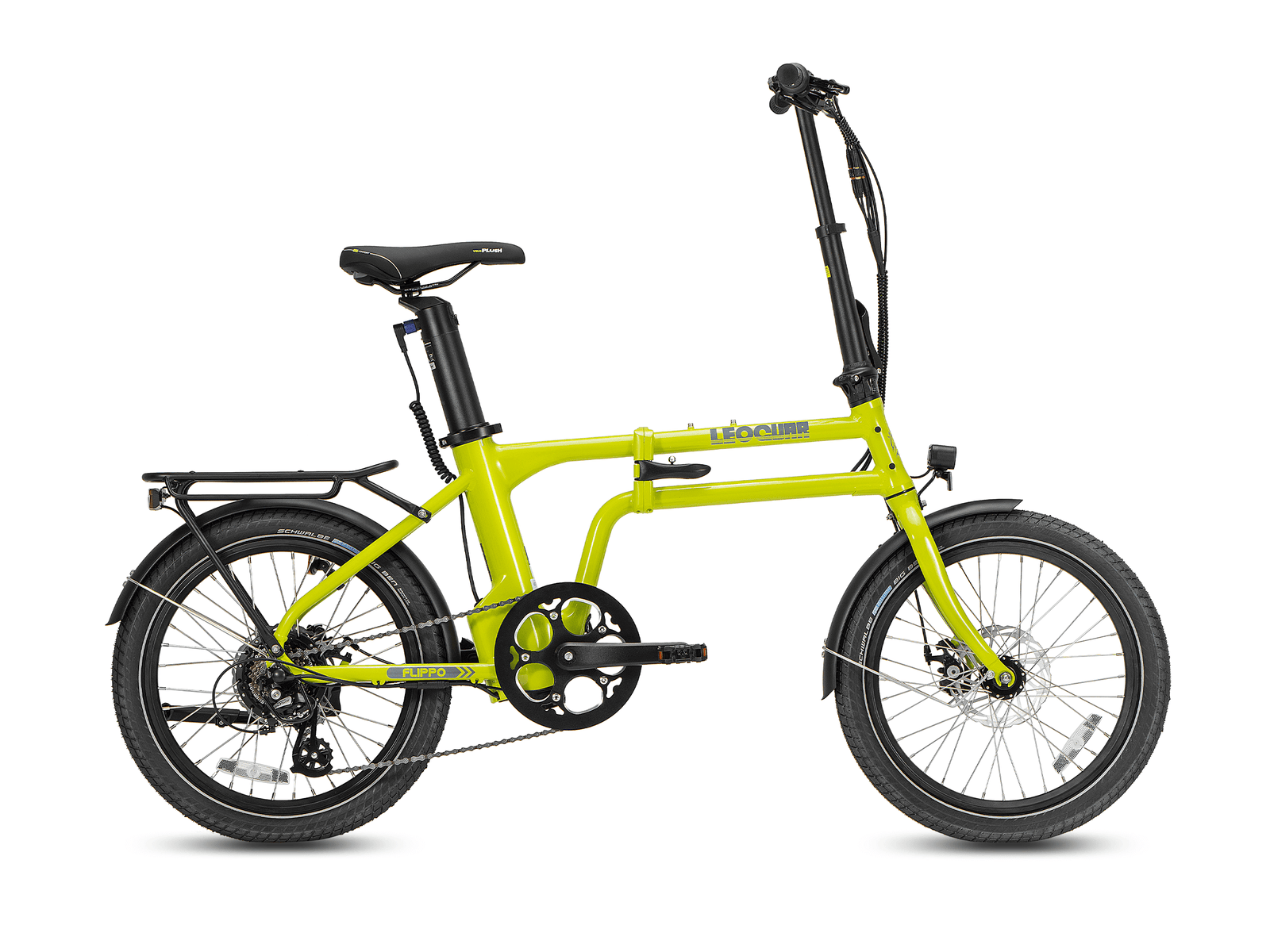
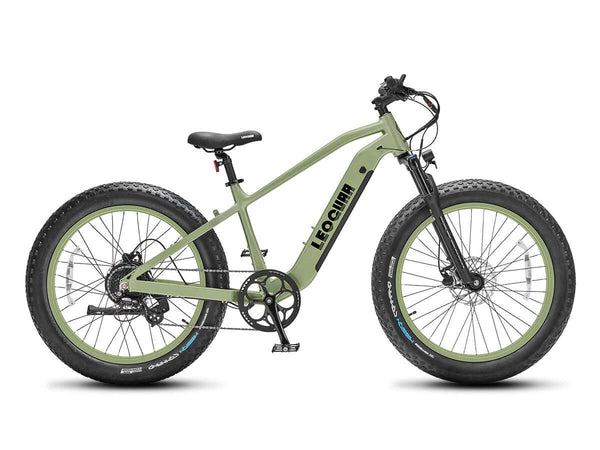
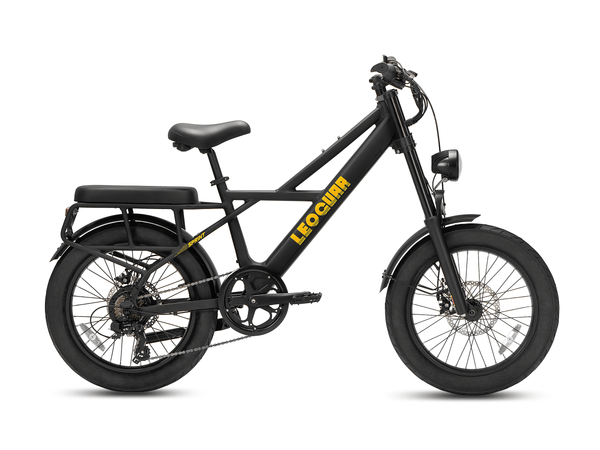
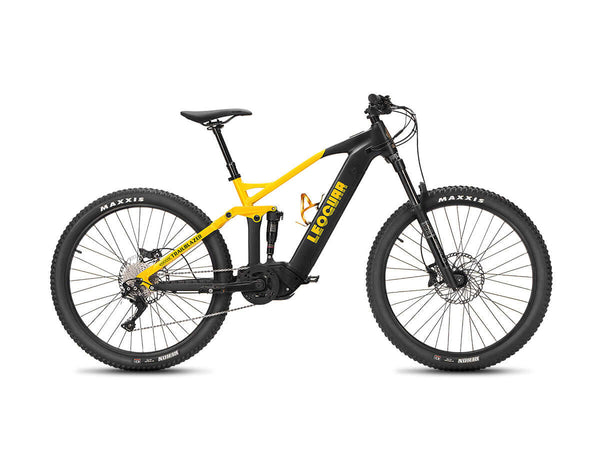








Leave a comment